How often should you dethatch a lawn? Expert tips for healthy turf
Regular removal of lawn thatch isn't always necessary – and can do more harm than good
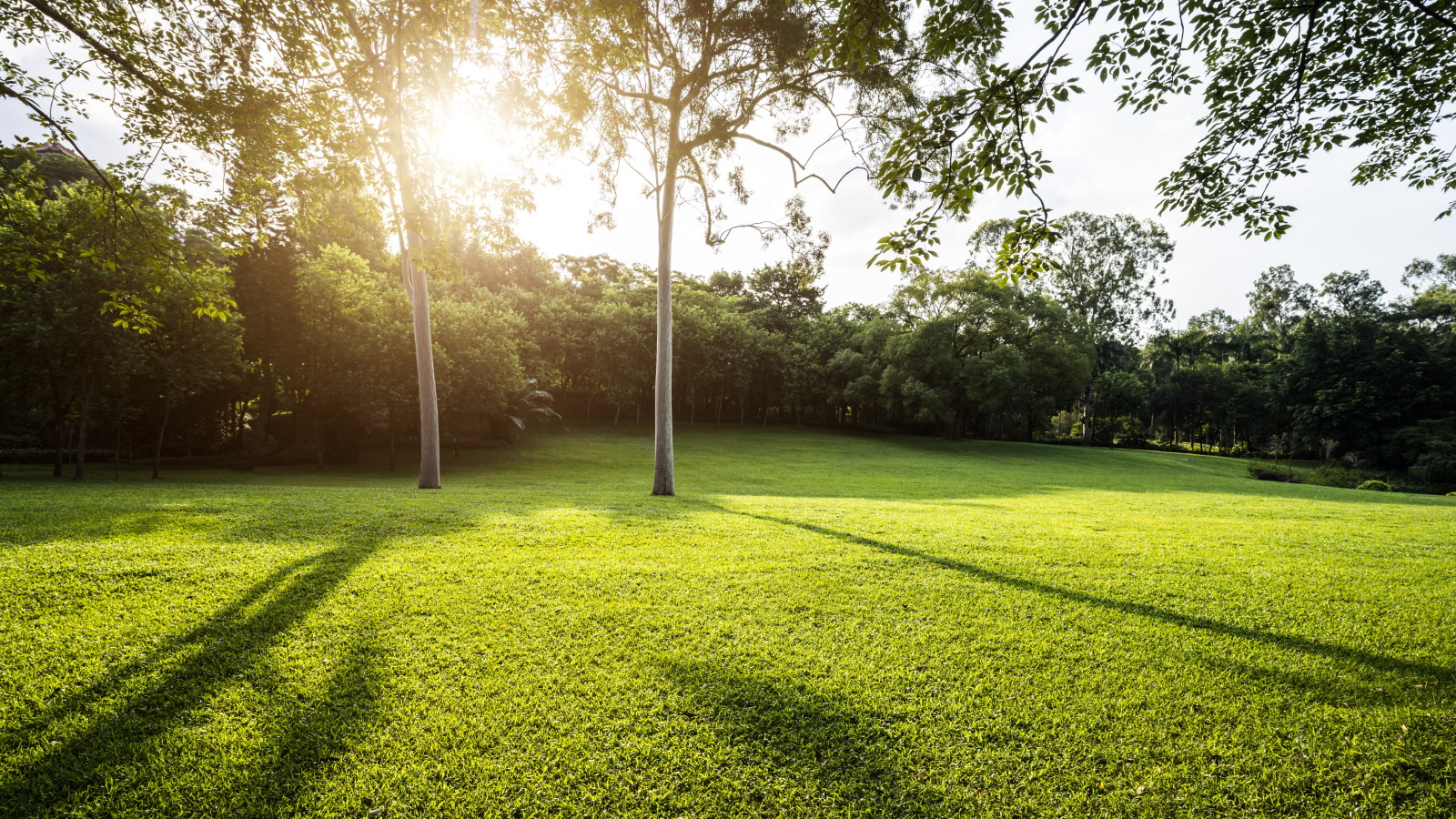

Q: I have recently moved into a suburban property with a large backyard lawn. Alongside mowing and aerating it, I've heard that dethatching can be beneficial. But how often should this be done – and is it possible to overdo it?
A: Dethatching is a valuable lawn care task that, when done properly, is essential for luscious, green grass.
As Gene Caballero, the co-founder of GreenPal explains, thatch is a layer of dead grass, roots, and debris that accumulates between the soil surface and the live grass. If it becomes too thick, it hinders essential nutrients, water, and air from reaching the soil, and can also lead to problems with pests and diseases, he says.
The process of dethatching is relatively straightforward – as long as you have the correct tool (such as this Altdoff thatch rake from Amazon). However, getting the timing and frequency right is important. In fact, if you dethatch your lawn too often, you may end up damaging it.

Gene Caballero is the co-founder of GreenPal which has been described as Uber for lawn care. He has been in the landscaping business for over 25 years.
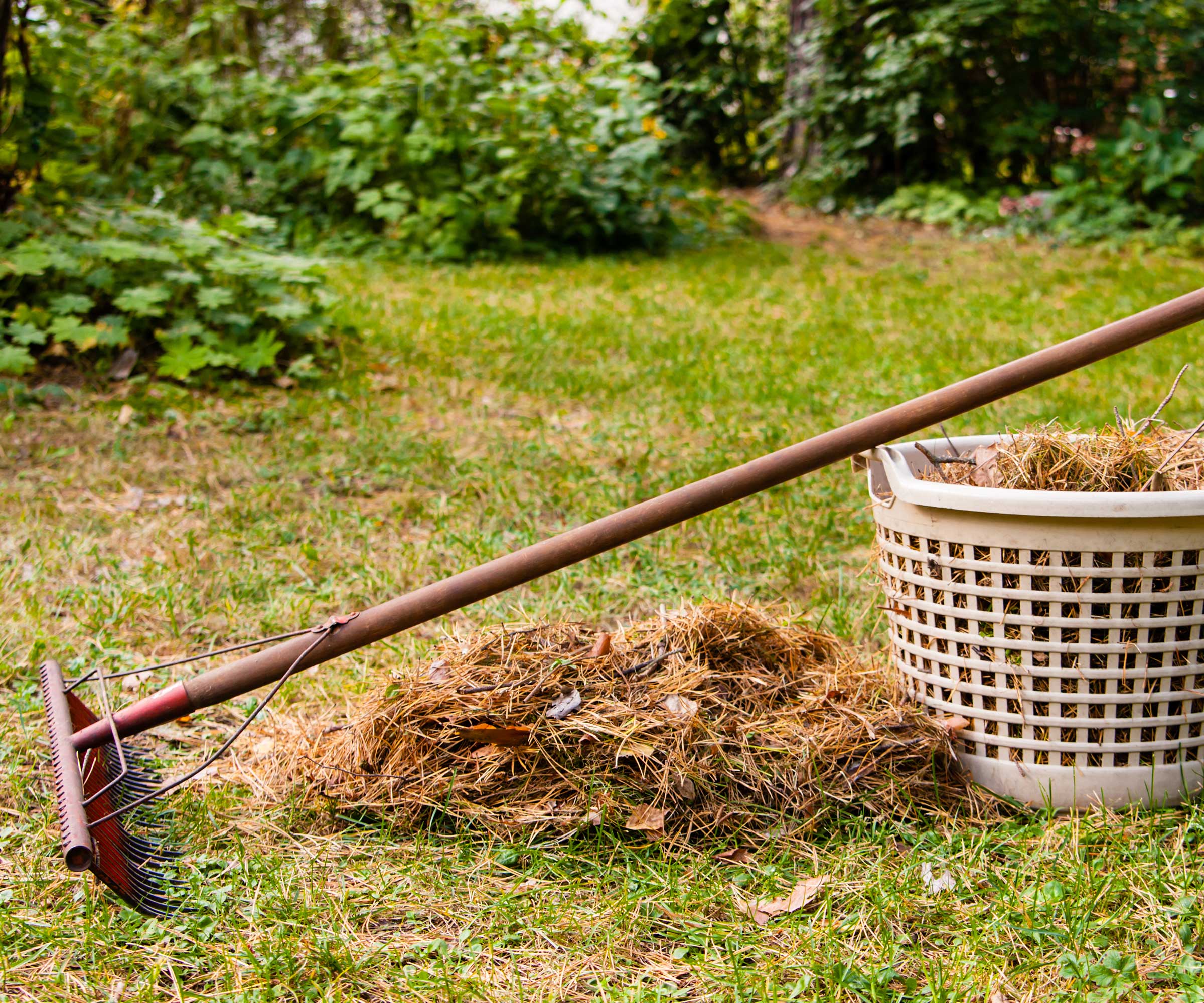
Dethatching can improve a lawn's health
How often to dethatch your lawn
Keep your lawn in the best of health with these expert tips.
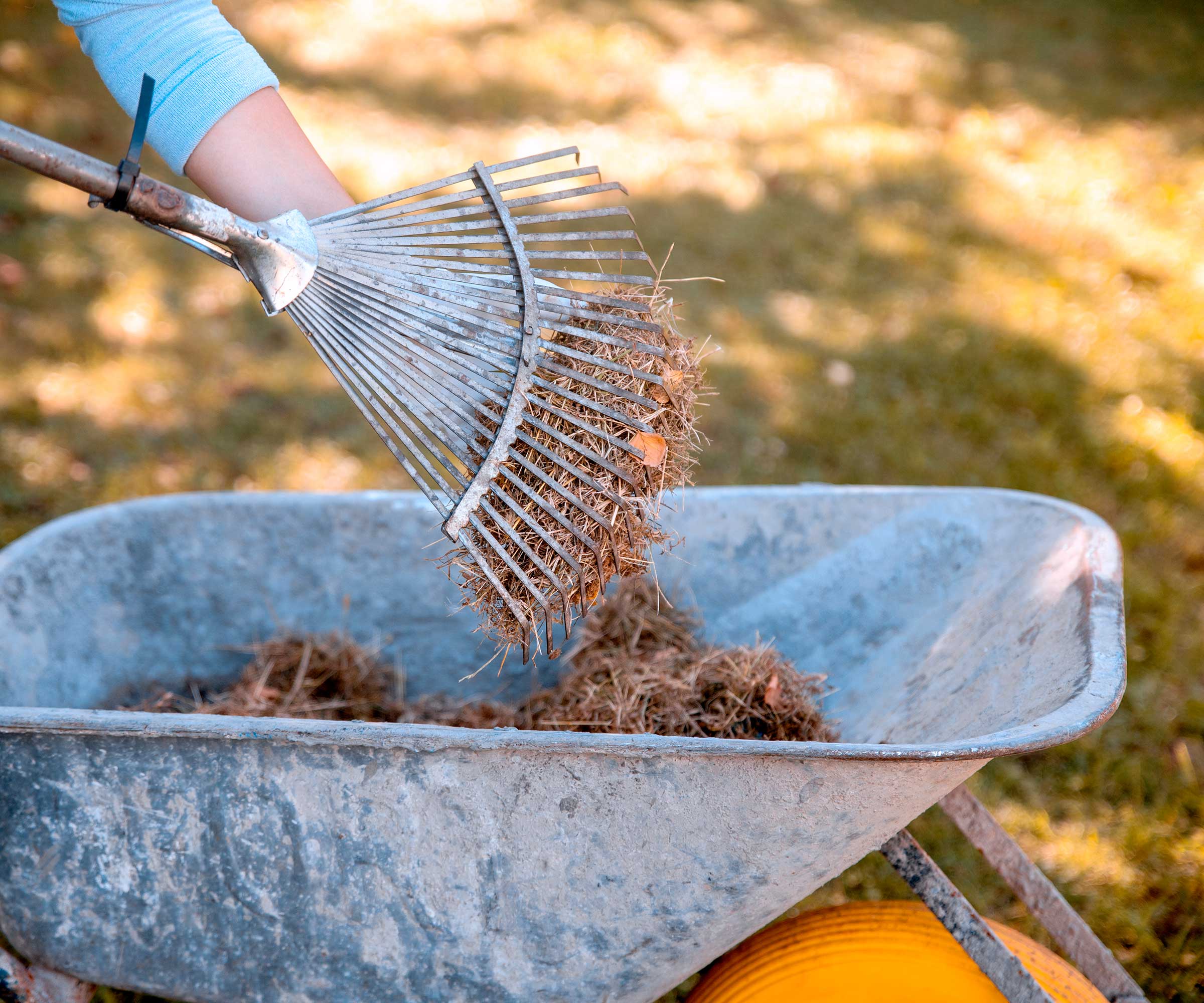
It's important not to dethatch your lawn too often
Only dethatch a lawn when necessary
The best time to dethatch a lawn is in early spring and fall, when the grass is growing. However, it should only be carried out if needed. Once a year is usually sufficient – and some lawn owners may need to do it even less than this.
Gene says it's vital not to overdo it. He warns that excessive dethatching can lead to a decline in your lawn's health, as it can damage the roots and the crowns of the grass and make it more vulnerable to lawn weeds and pests.
Bear in mind, too, that a small amount of thatch is actually a good thing. It works like a mulch for your lawn, helping the soil to retain moisture and protecting the roots from temperature fluctuations as well as foot traffic.
So, how can you tell when the time is right?
'Generally, you should only dethatch when the thatch layer exceeds half an inch,' says Gene.
You can check for this by looking closely at the base of the grass, and identifying the brown and fibrous layer between the healthy grass and the soil. You can use a bulb planter or trowel to remove a small plug for easy inspection.
Sod that feels spongey underfoot is another telltale sign that it's time to dethatch.
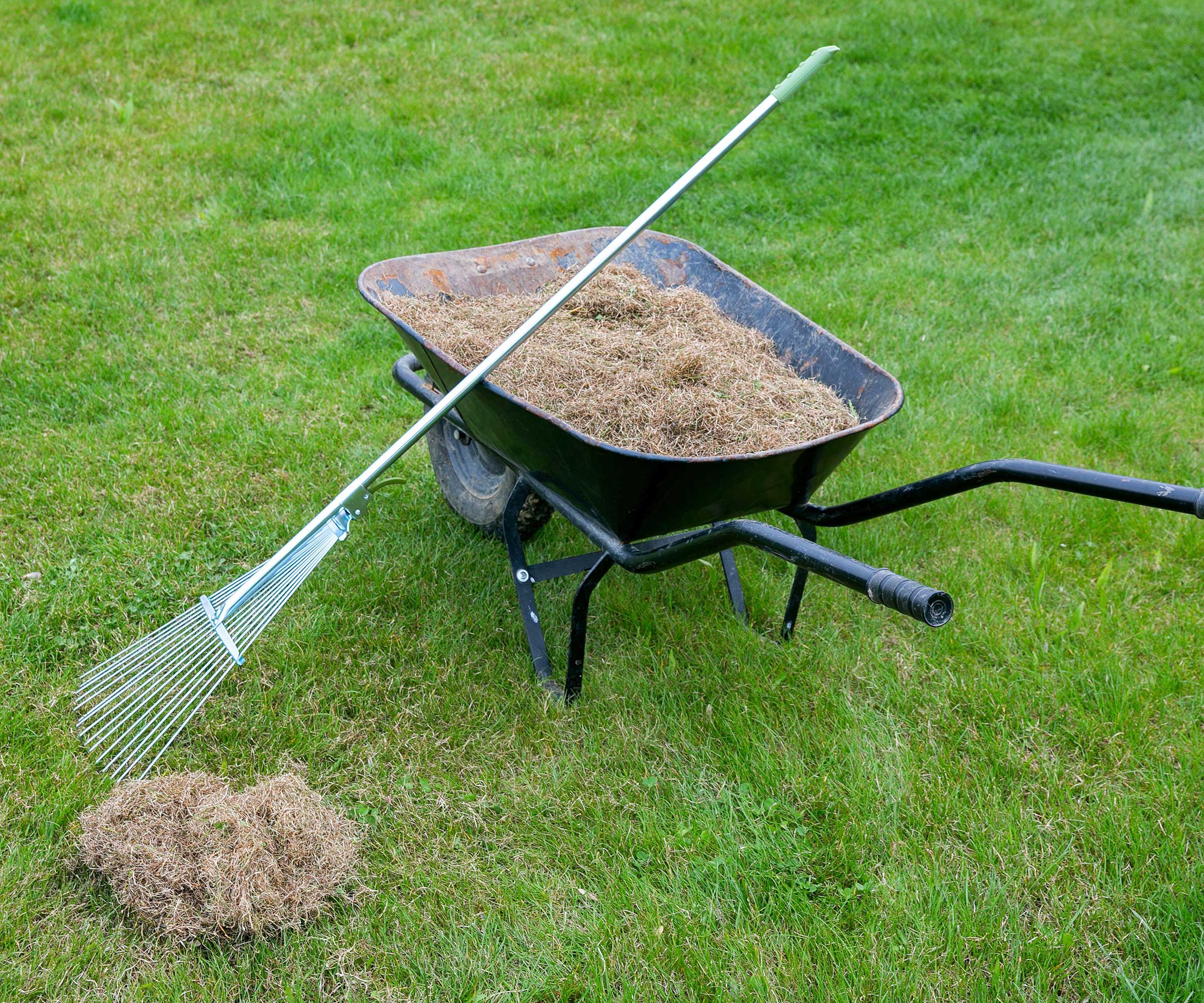
Ensure your lawn really needs dethatching before you begin
Reducing the need to dethatch
'With regular lawn maintenance, including proper mowing, watering, and fertilizing, you can prevent excessive thatch buildup, reducing the need for frequent dethatching,' says Gene.
Preparing the ground well before installing a lawn and aerating the turf often can also help to reduce the need for this lawn care task, particularly if you have heavy, clay soil in your yard.

Other lawn care tasks can help reduce excessive thatch development
FAQs
Do some grasses produce thatch quicker than others?
'Grasses that spread laterally (like warm season grasses and Kentucky bluegrass) tend to produce more thatch and will need to be dethatched more frequently than bunch-type grasses,' says Craig Elworthy, the founder of Lawnbright.
Perennial ryegrass is an example of a grass variety that produces thatch more slowly.
Can you dethatch a lawn while it is dormant?
'If you dethatch while your lawn is dormant, you will be ripping out desirable turf which would have greened up during a growth phase,' says Craig. 'Because of this, you should typically wait to dethatch until your lawn is completely out of dormancy.'
'Your lawn will be stressed after dethatching,' says Gene. 'It's imperative to water it thoroughly and consider following up with a high-quality fertilizer for recovery.' It's also a good time to overseed it, to help your turf quickly bounce back to full green glory.
Sign up to the Homes & Gardens newsletter
Design expertise in your inbox – from inspiring decorating ideas and beautiful celebrity homes to practical gardening advice and shopping round-ups.

Holly started writing about gardening five years ago, and she is a regular contributor to Homes & Gardens. She has also written many gardening features for Woman & Home and Real Homes, too. She has previous experience as a professional gardener, where she helped to plant and maintain private gardens. Holly has also looked after allotment plots over the years and loves to grow her own flowers and veggies from seed. In her spare time, she enjoys visiting local gardens, botanical drawing, and tending to her ever-growing collection of houseplants.
-
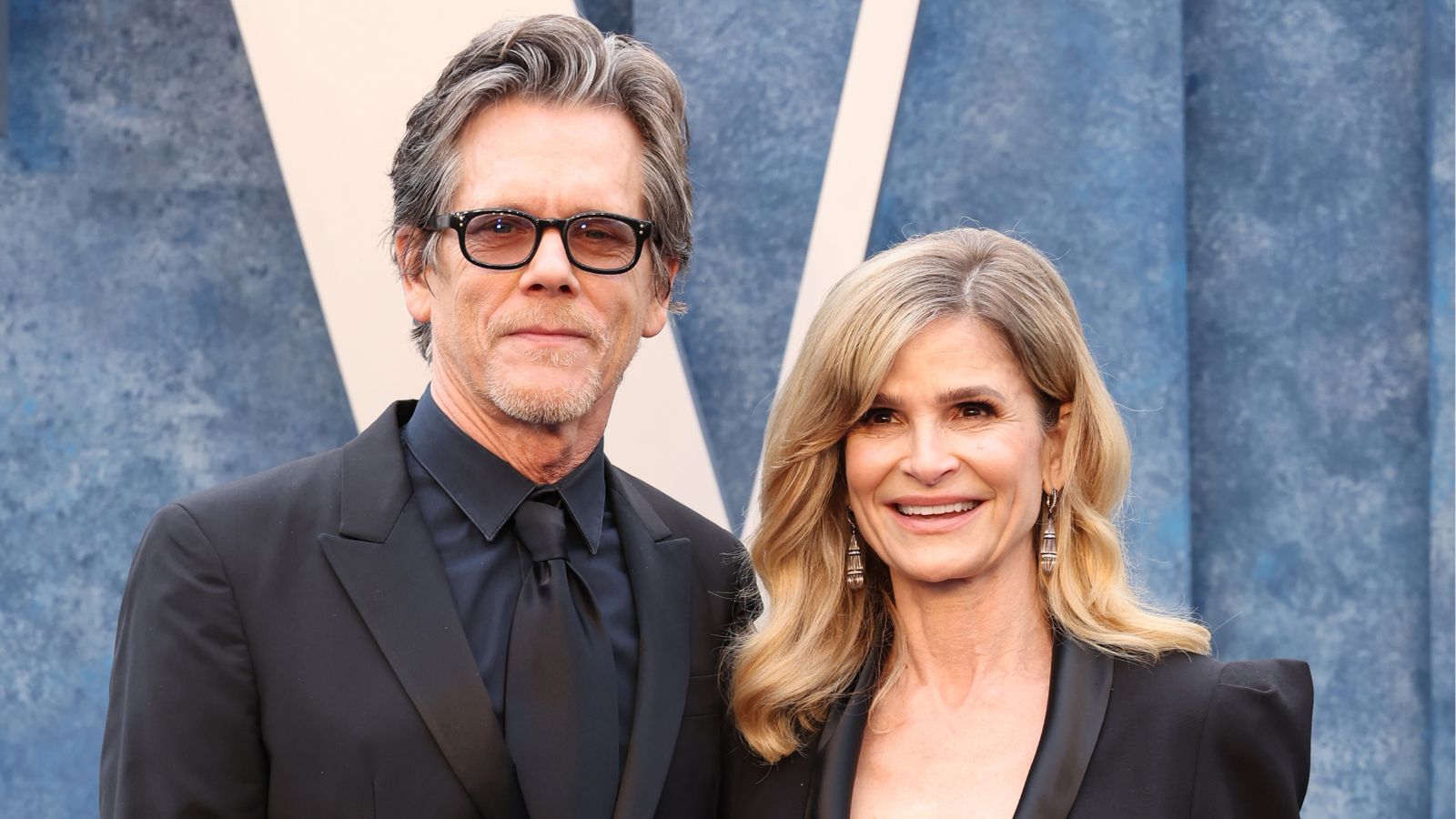 Kevin Bacon and Kyra Sedgwick's rustic kitchen island is stunning, but controversial – designers say you can get the look without the hassle
Kevin Bacon and Kyra Sedgwick's rustic kitchen island is stunning, but controversial – designers say you can get the look without the hassleA popular material finds an unorthodox home in the couple's kitchen, but experts disagree on whether it should be used – here's how to do it instead
By Sophie Edwards
-
 How to grow grapefruit for homegrown sweet and tangy, highly nutritious harvests – a fruit tree expert shares their planting and care tips
How to grow grapefruit for homegrown sweet and tangy, highly nutritious harvests – a fruit tree expert shares their planting and care tipsFrom planting to harvesting, this is all you need to know about grapefruit trees
By Drew Swainston